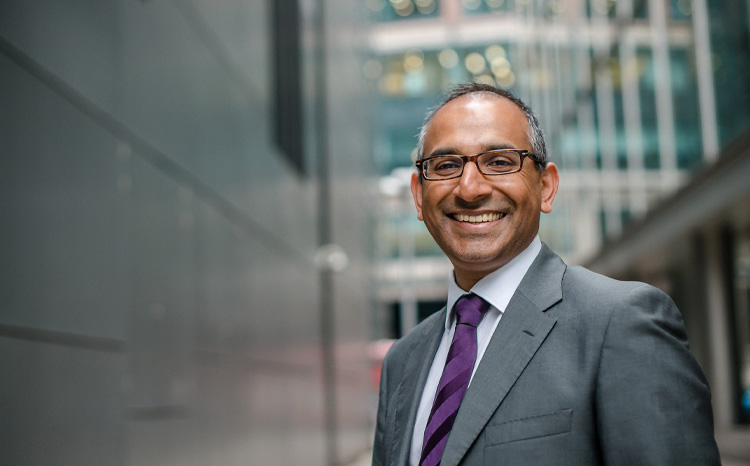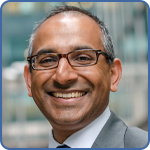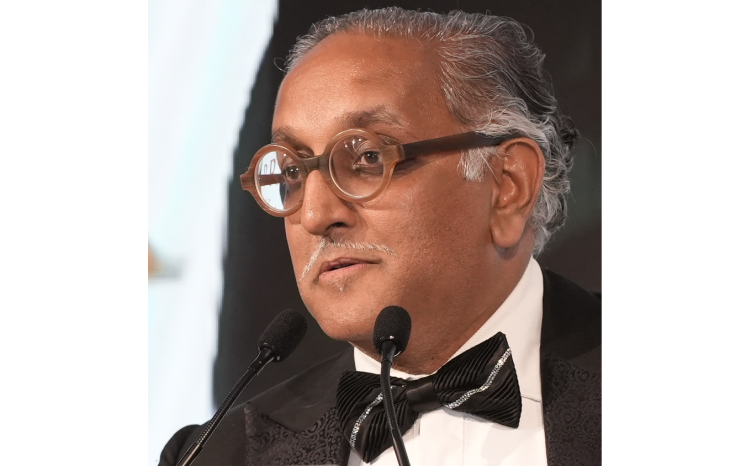Why the NHS needs a transparency revolution after Darzi
- 2 October 2024

Openness around quality and outcomes on a scale like never before is needed to understand and solve problems, prevent harm and complexity, focus resources effectively, tackle the big issues, and restore public confidence in the NHS, writes Dr Mark Ratnarajah, NHS paediatrician and UK managing director for C2-Ai.
Wes Streeting wanted “no stone left unturned” when he asked Lord Darzi to examine the current state of the NHS in England. Laudable to be sure – but we need to keep doing this at every level, and dig deeper without burdening busy teams. Here’s why.
Lord Darzi’s independent investigation, delivered in just nine weeks, shed light on the big issues – from access to services, to inequity of investment in the community, longer waits for treatment, cancer performance, and A&E waiting times so long that they have been linked to many thousands of additional deaths each year.
Set against a backdrop of reduced productivity despite personnel increases, his report signals a need to stop doing things that don’t work, and improve where and how NHS money is spent, to do better for millions of patients.
But how can NHS leaders at every level know where to refocus resources to get the health service back on its feet? How can they gain an ongoing understanding of the real causes of problems – and the right solutions that will fix them? How will they prevent the next scandal ever occurring, fix A&E, safely address waiting lists, and bolster community services in ways that can evidence sizeable impact?
To give the NHS a chance in recovering, we now need to rapidly scale new means to keep turning stones over, in ways that respond to these questions, and that allow the NHS to unearth problems early, act quickly, and measure the effectiveness of new action about to be taken.
Strong calls for openness and honesty – but will the right things be measured?
The need for greater transparency is prominent in Lord Darzi’s assessment, as he very rightly calls for greater investment in measurement in “all areas of the NHS”.
Page one of his summary letter to the health secretary argues that to rebuild public confidence, there is a need to be completely honest about where the NHS stands – on which his report provides a snapshot.
But the full range of challenges, across a breadth of services throughout England, has been difficult to quantify, he admits.
Though this can be difficult – evidence from around the world, and in pockets of the NHS, show it is possible.
Media facing critique of regulatory and patient safety measures has come to the fore in recent months. But with a great deal of time already invested in the NHS in measuring services, what needs to change to tell the health service and its patients if ‘good’ is being achieved, and what needs to be done if it isn’t?
Lord Darzi urges each care setting to better measure activity, workforce, and spending to deliver a better understanding of productivity.
Knowing whether we are doing more things with our people and money, will however only go so far in helping the NHS. What leaders may benefit from the most is a better understanding of quality as they attempt to work through challenges national and local.
Renewed digital push could drive transparency on quality
As the health service now strives to move beyond the “foothills” of technology enabled transformation that Lord Darzi describes, it could enhance digital capabilities at-scale to deliver this measure.
Uptake of technology to quantify quality is not new – it is already being used in some of the world’s safest hospitals, to enable a forensic understanding of whether observed outcomes are at least as good, if not better than the expected outcomes for individual patients.
In a relentless pursuit for understanding where quality can be improved, such hospitals have taken a sophisticated approach to understanding the complexity of each patient, calculating the outcome trajectory for that patient, and examining what actually happens.
Doing this at-scale, allows teams to identify issues very early when things don’t go as planned, make informed decisions on required remedial action, and understand the effects.
NHS organisations have been using the same underpinning technology for many years – informing service design in ways that have helped to prevent deadly illnesses and reduce hospital acquired harm.
More recently, the technology has been used by trusts and integrated care systems to target high-risk patients on waiting lists in ways that improve outcomes, reduce their time in hospital, mitigate avoidable complexity, and prevent them presenting to A&E.
Lord Darzi points out in his report that despite many examples of impactful technologies, too many remain subscale. Scaling the technology that pioneering trusts have already adopted could go a long way to quantifying precisely where and why problems exist – and what to do about them.
If accompanied by a culture that accepts that things will inevitably not always go right, services could show their performance in ways meaningful to the outside world without fear of blame.
They can learn and swiftly act, with insight that can inform the need for system-wide interventions in ways that harness collective responsibility before problems escalate into scandals.
Patients could know with greater confidence if their surgical teams, or maternity wards, are safe. And the action the government now requires, as it seeks to address the big problems, could be underpinned by evidence.
Informing reforms, moving to prevention, targeting community investment
Prevention has long sat on the policy agenda of successive governments. Now could be an opportunity to make it reality, but this will only work if we understand the detail behind changing problems, and behind the prescribed responses.
The additional 14,000 A&E deaths each year, outlined in evidence submitted to Lord Darzi’s review, is shocking. But might we now ask for every non-traumatic emergency admission in the NHS – why did this happen? And how can we plot trajectories for each patient to prevent this ever occurring – so that they have support needed in the community to manage their wellbeing, their condition, or perhaps their prehabilitation as they await surgery?
This could be part of a wider piece of intelligence, built on perpetual forensic transparency at every level, that could inform precisely where in the community money should be spent to prevent the need for hospital treatment.
Rather than resources simply being allocated in greater numbers in the same settings in reaction to spiralling demand, systems might ask how they can use upstream analysis to reform or engineer services around the personalised needs of individual patients; this would enhance the effectiveness of heath and care for everyone.
Lord Darzi’s investigation raises many questions. But as the NHS reforms, it has been given license to learn like never before.





